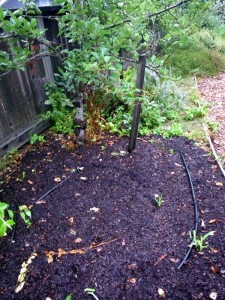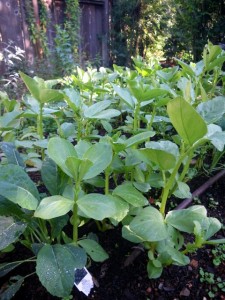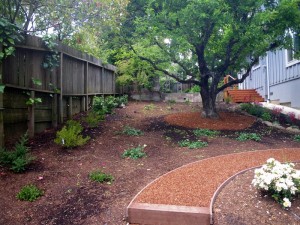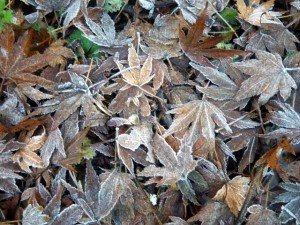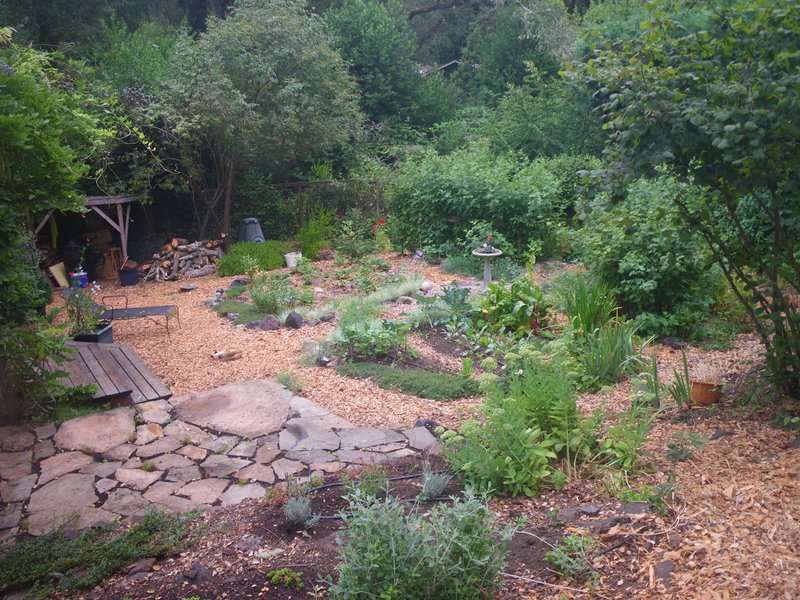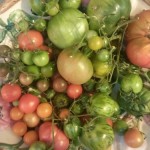
By Avis Licht
On the west coast of the United States we’re experiencing the worst drought in over 150 years. With more people needing more water, food and goods it is important that all of us do our part to reduce our water use.
Gardeners love their plants and don’t want them to die. I’ll continue writing posts on best gardening practices to help you keep your garden healthy and happy using less water.
- Most plants absorb almost all their water through their roots. A well-developed root structure will be your insurance for survival in drought conditions.
The best way to get excellent roots is to have loose, friable soil with plenty of humus and organic matter. By working the soil with a fork or rototiller and incorporating compost and/or manure you create the conditions for the soil to be like a sponge that holds and then releases water. Read more about compost here.
A note on roots. When soil moisture varies widely from wet to dry it damages the delicate root hairs that are responsible for taking up moisture. Using mulch is very important to maintain the moisture in the soil by slowing evaporation.
A note on leaves on the plants. Leaves don’t absorb much moisture but they do transpire moisture; The hotter and more windy the day, the more water the plants lose through their leaves . Row covers or shade cloth put over the plants in hot weather will reduce transpiration rates. You can find row covers and hoops to put them in your garden at this link: Row Covers for the Garden. You can buy shade fabric here: Shade Fabric
.
Be sure to sign up on my subscription or feed burner to get notified when I put up more posts. You won’t want to miss any of this great information. I’ll keep writing about drought conditions and ways to keep your garden healthy and happy.

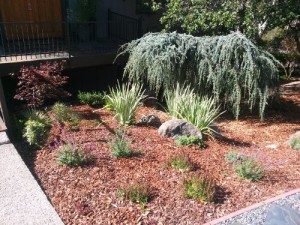
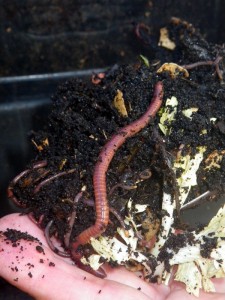
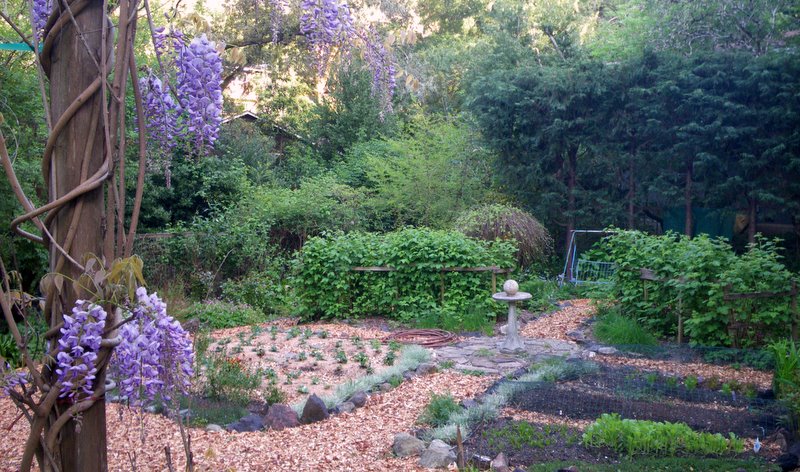
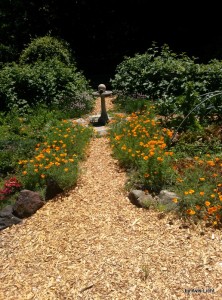
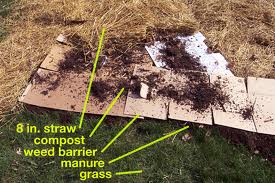
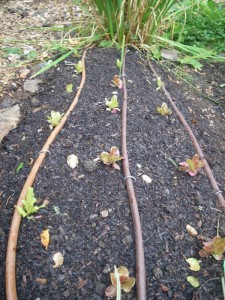
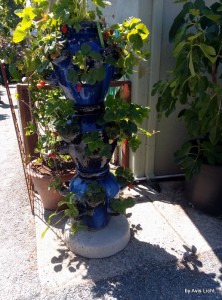
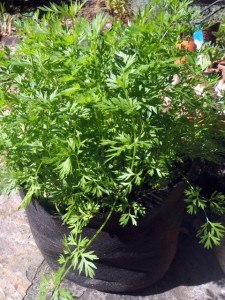
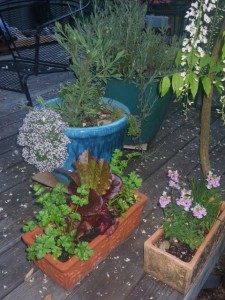
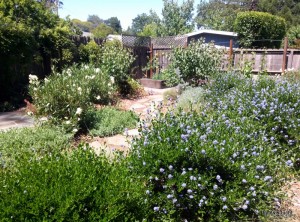
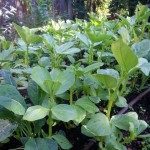
 Follow
Follow

